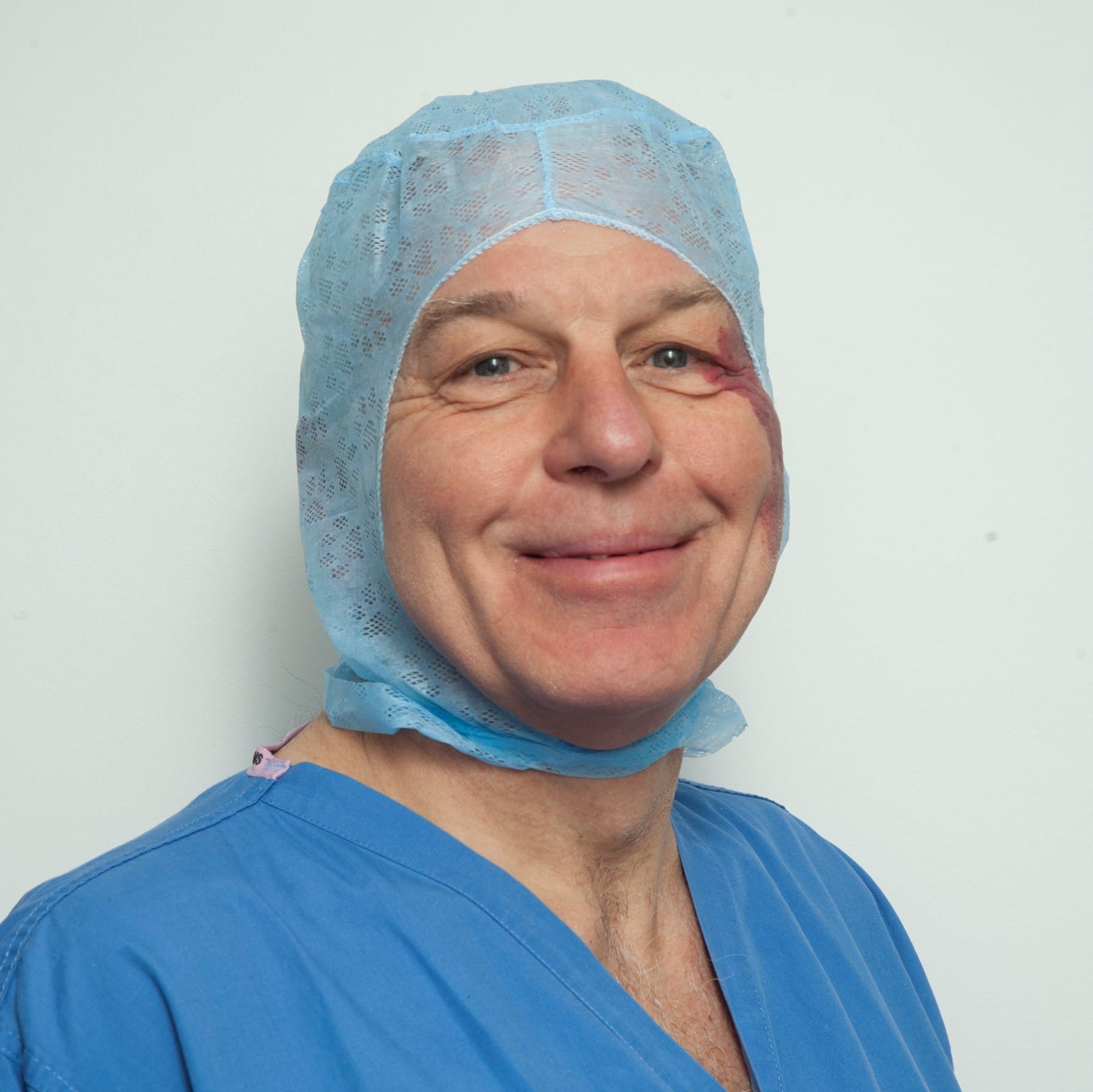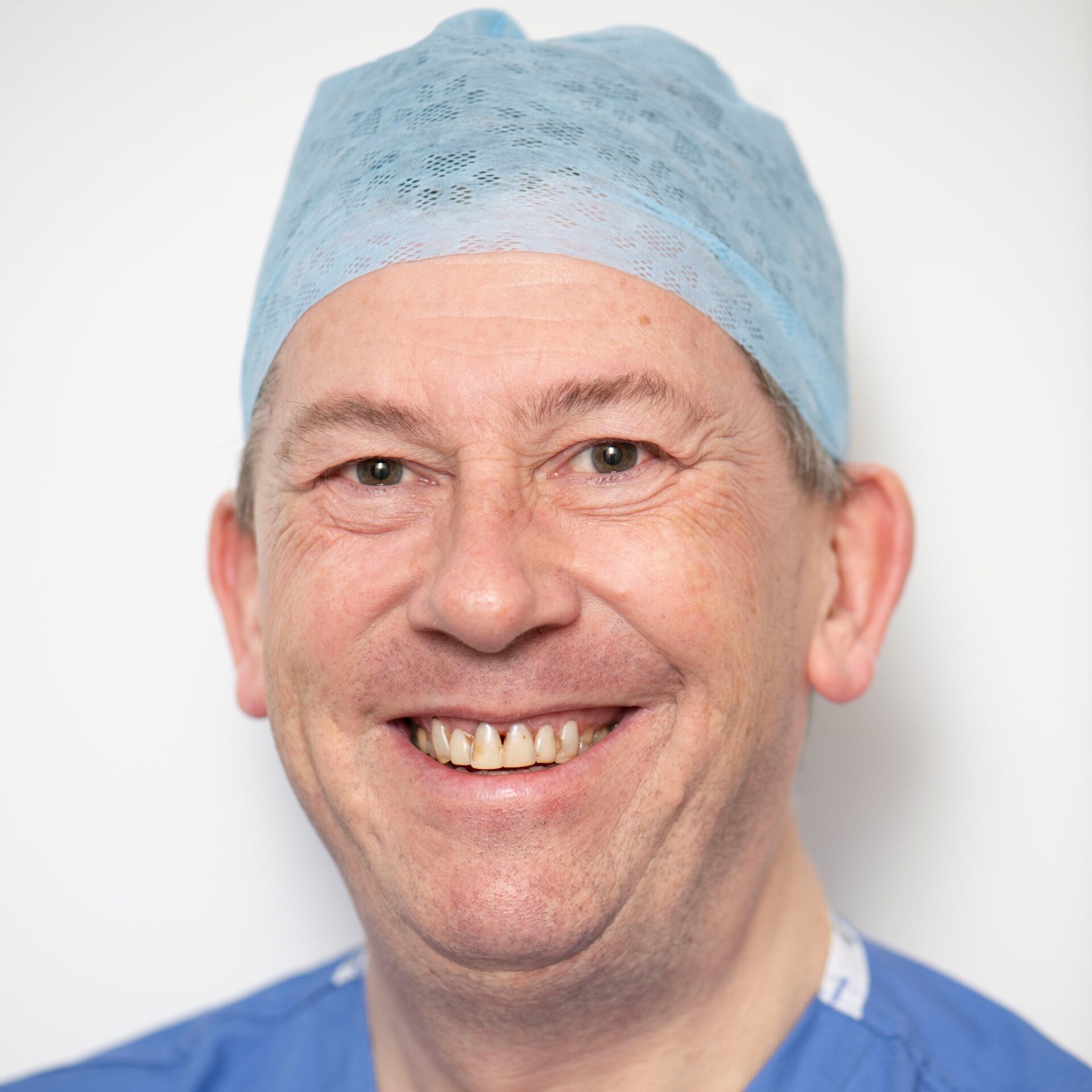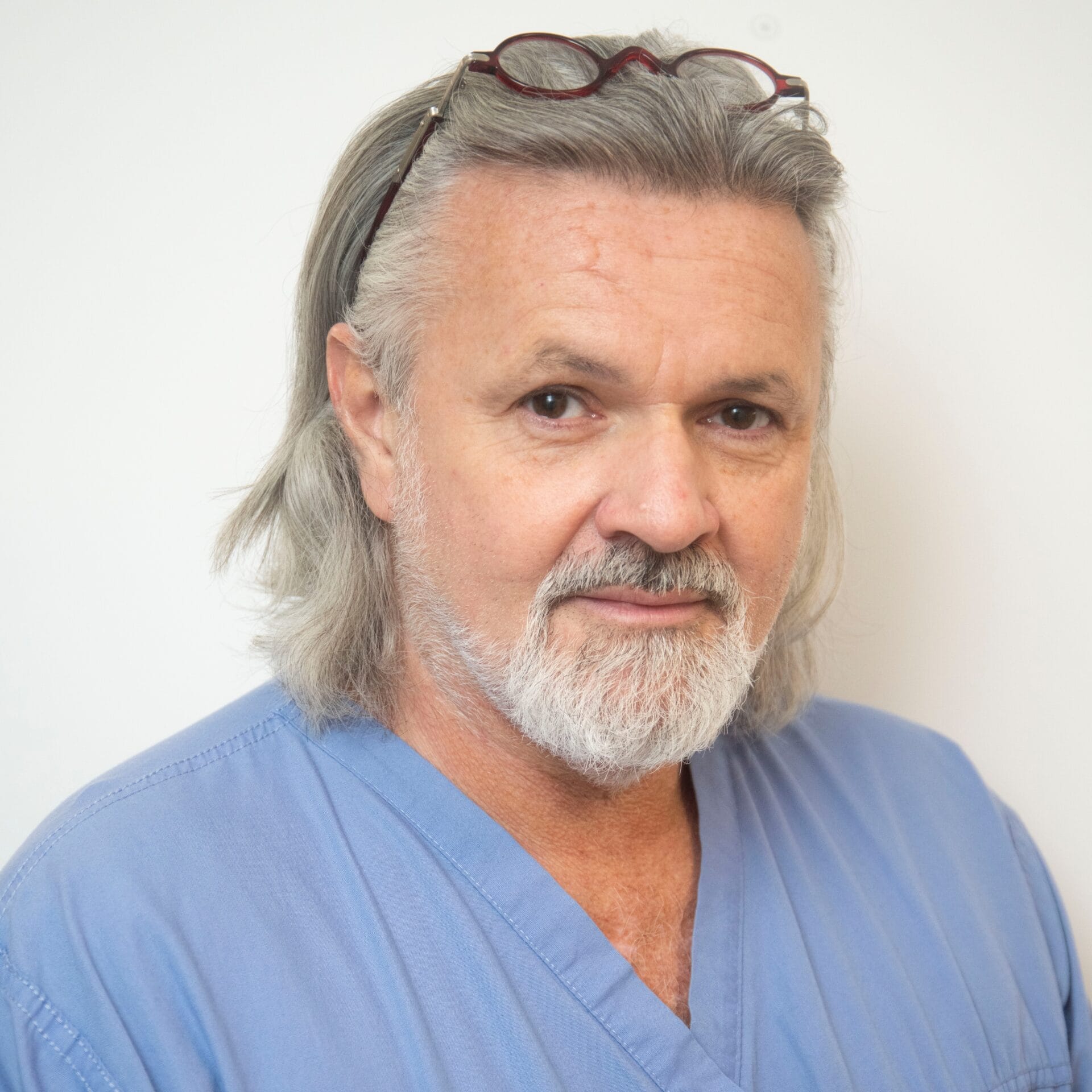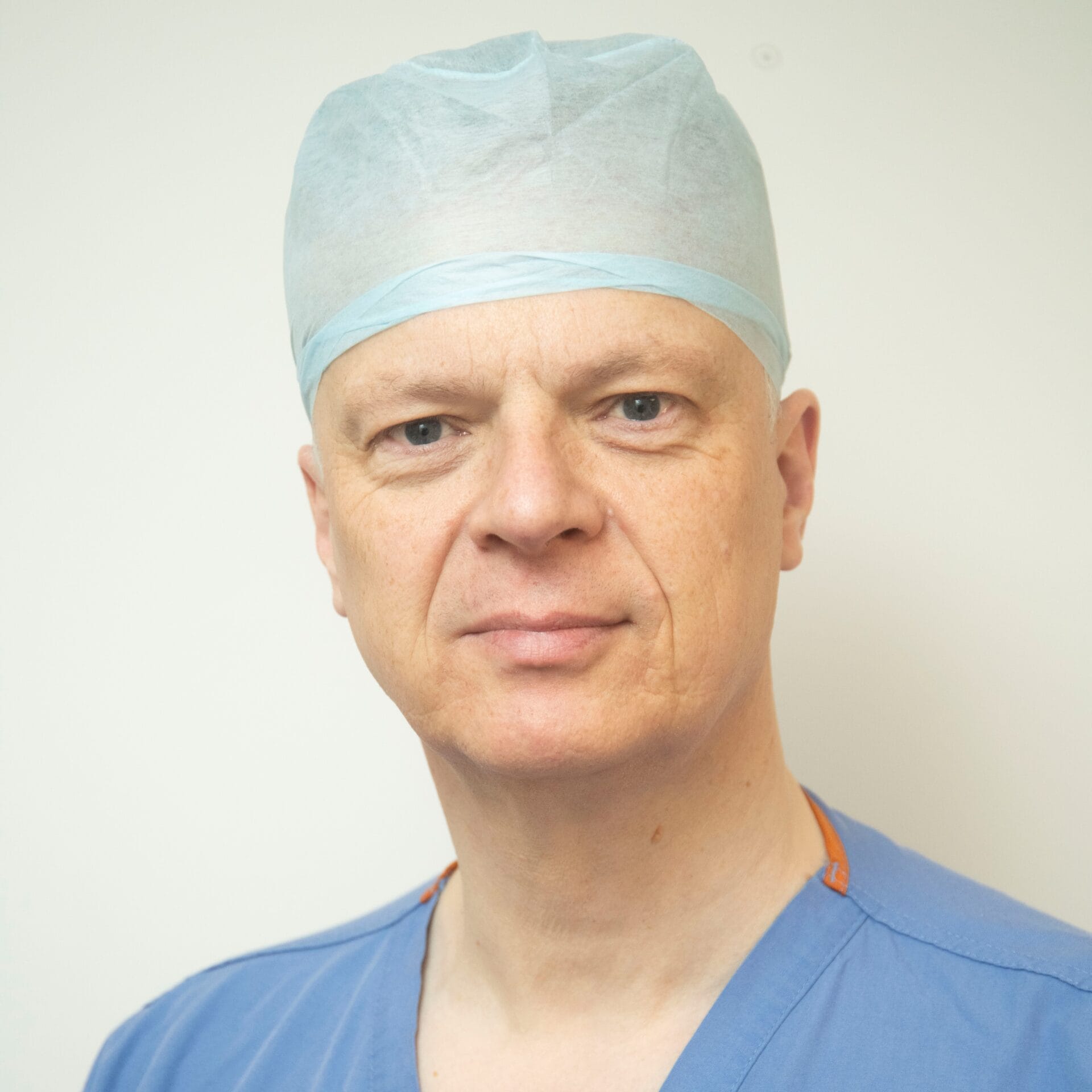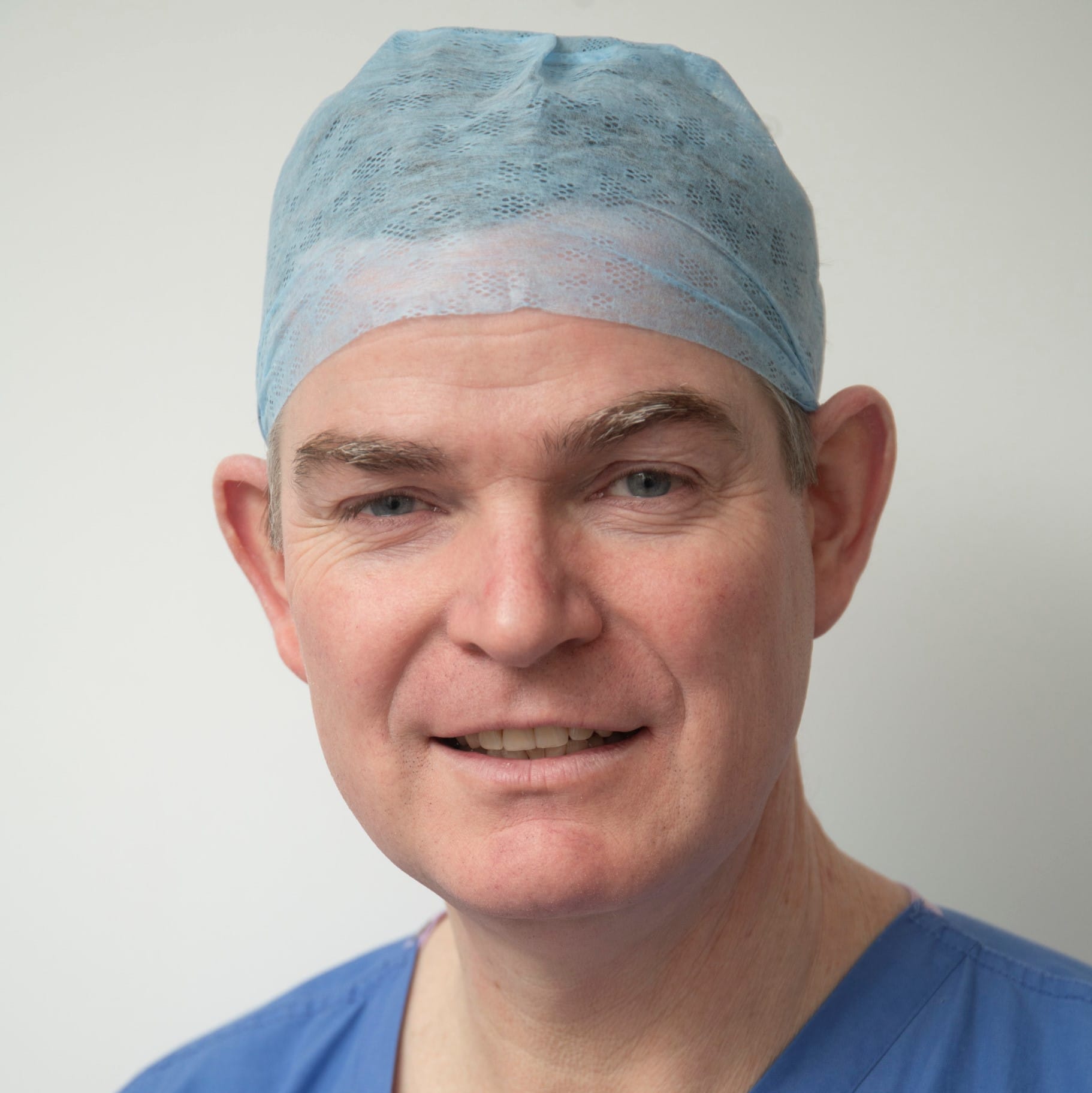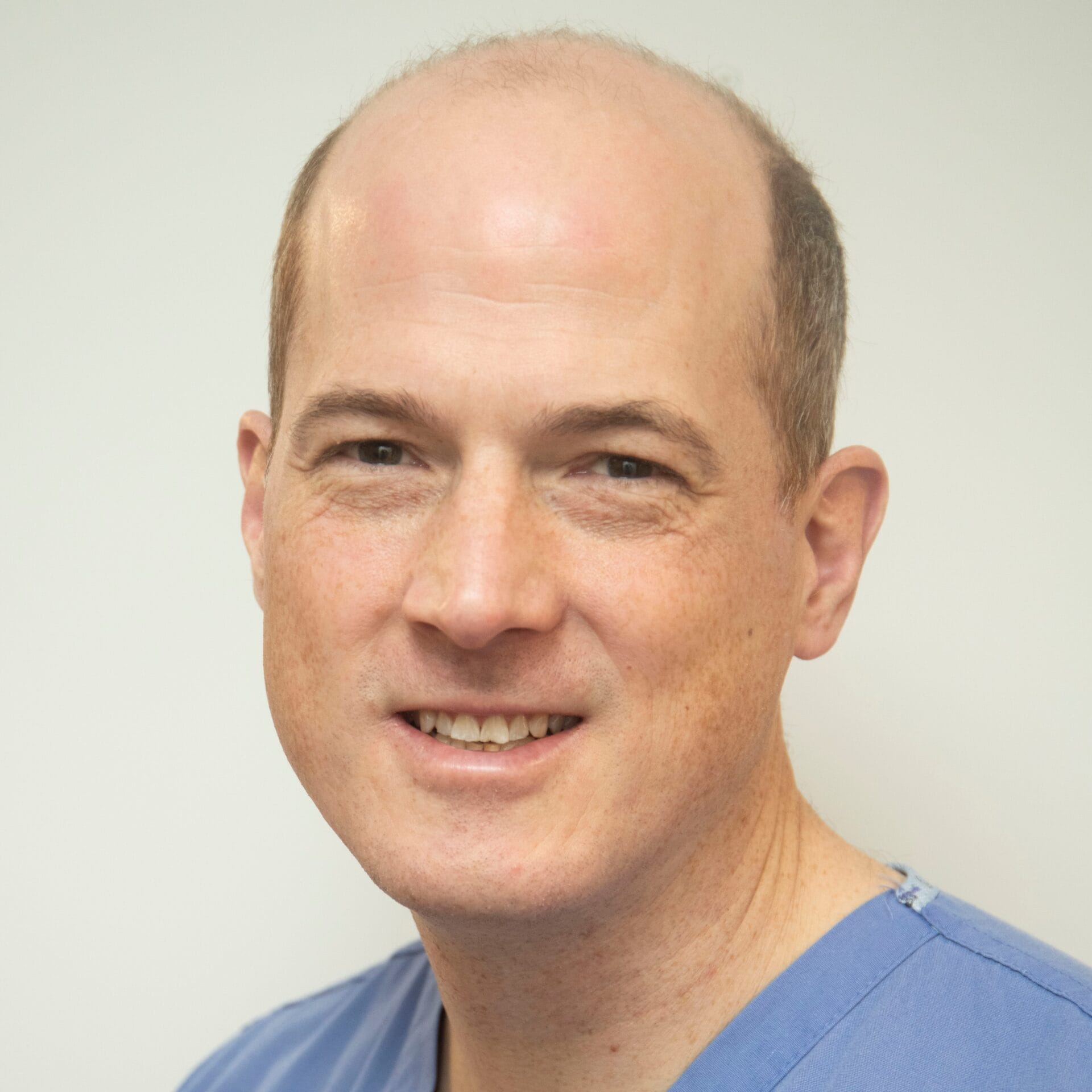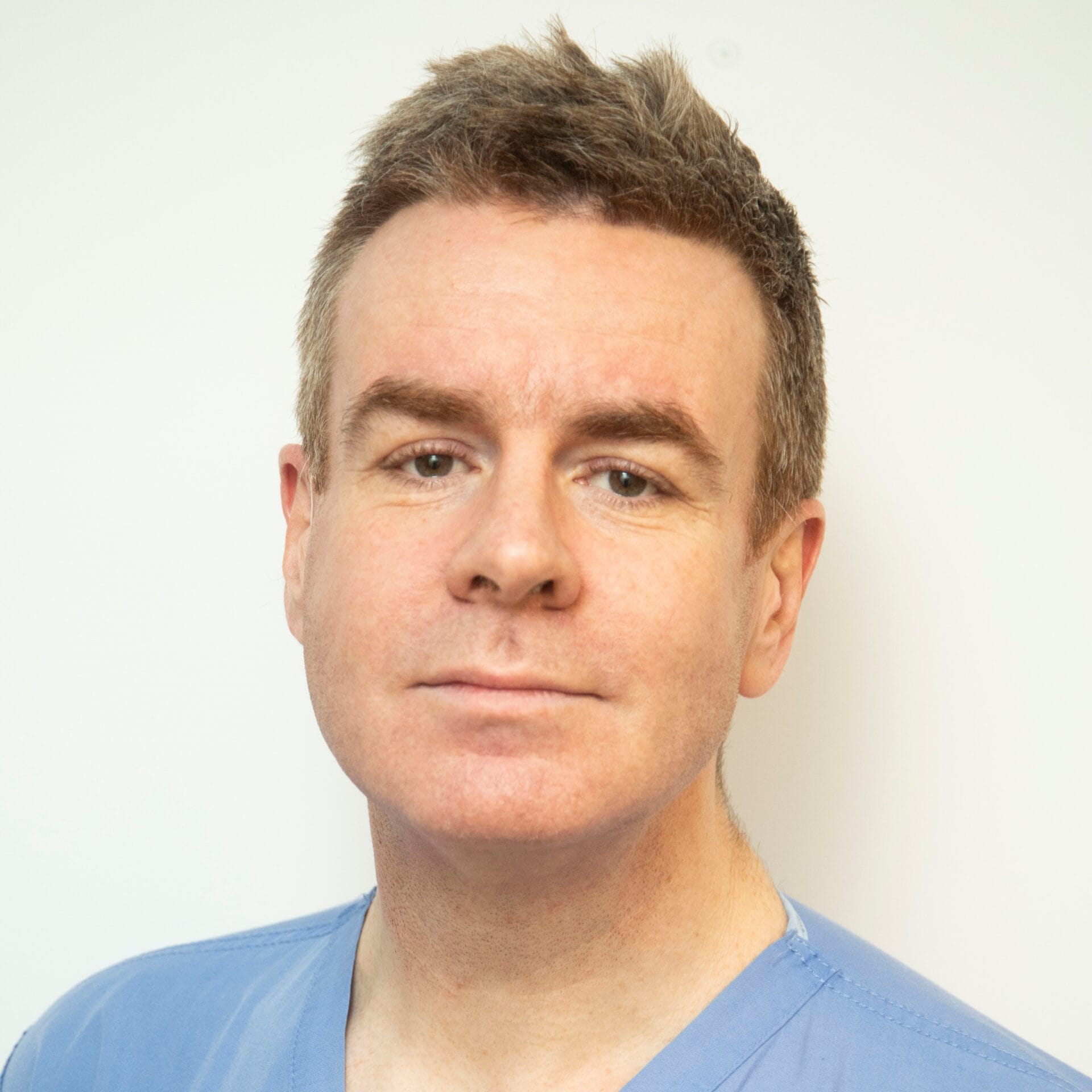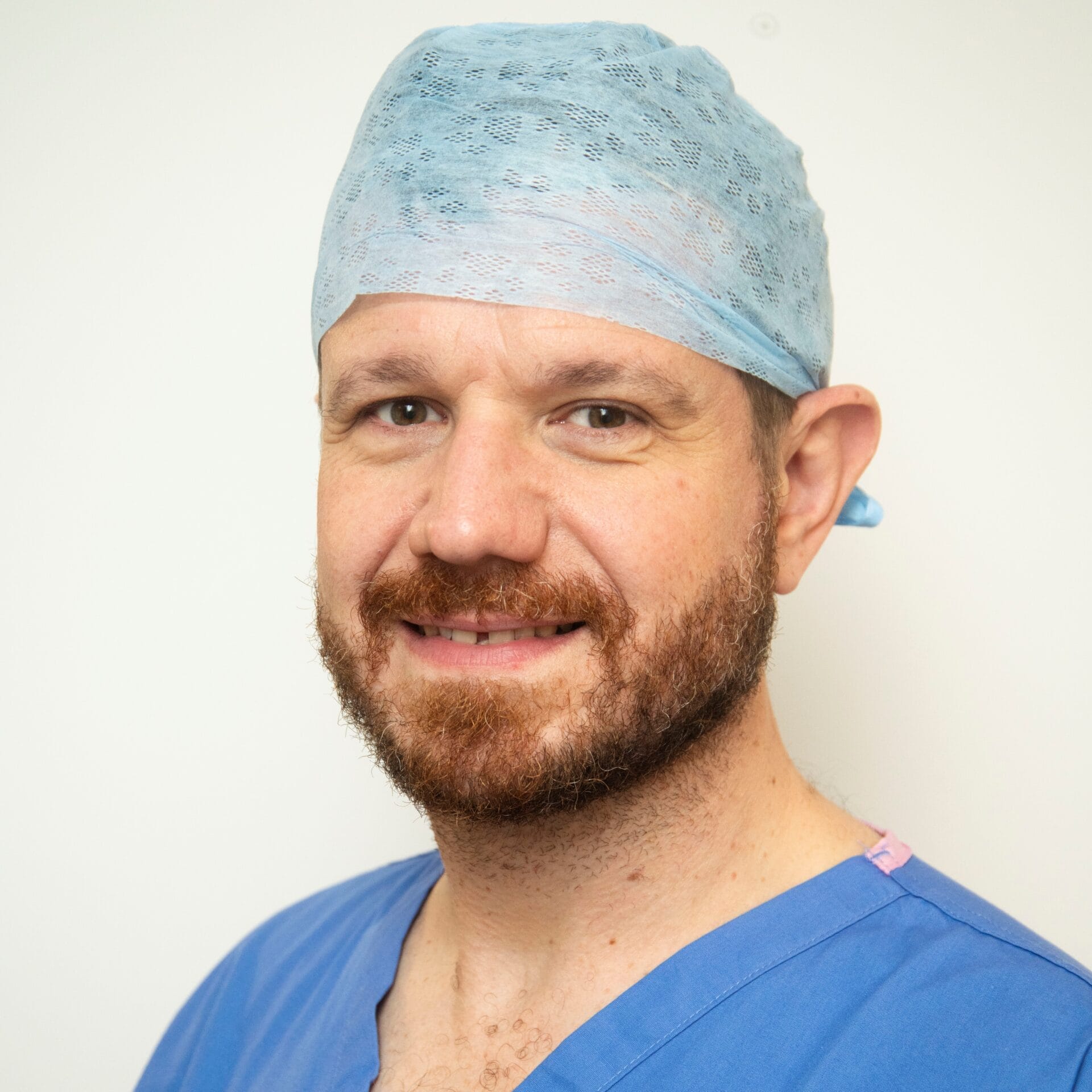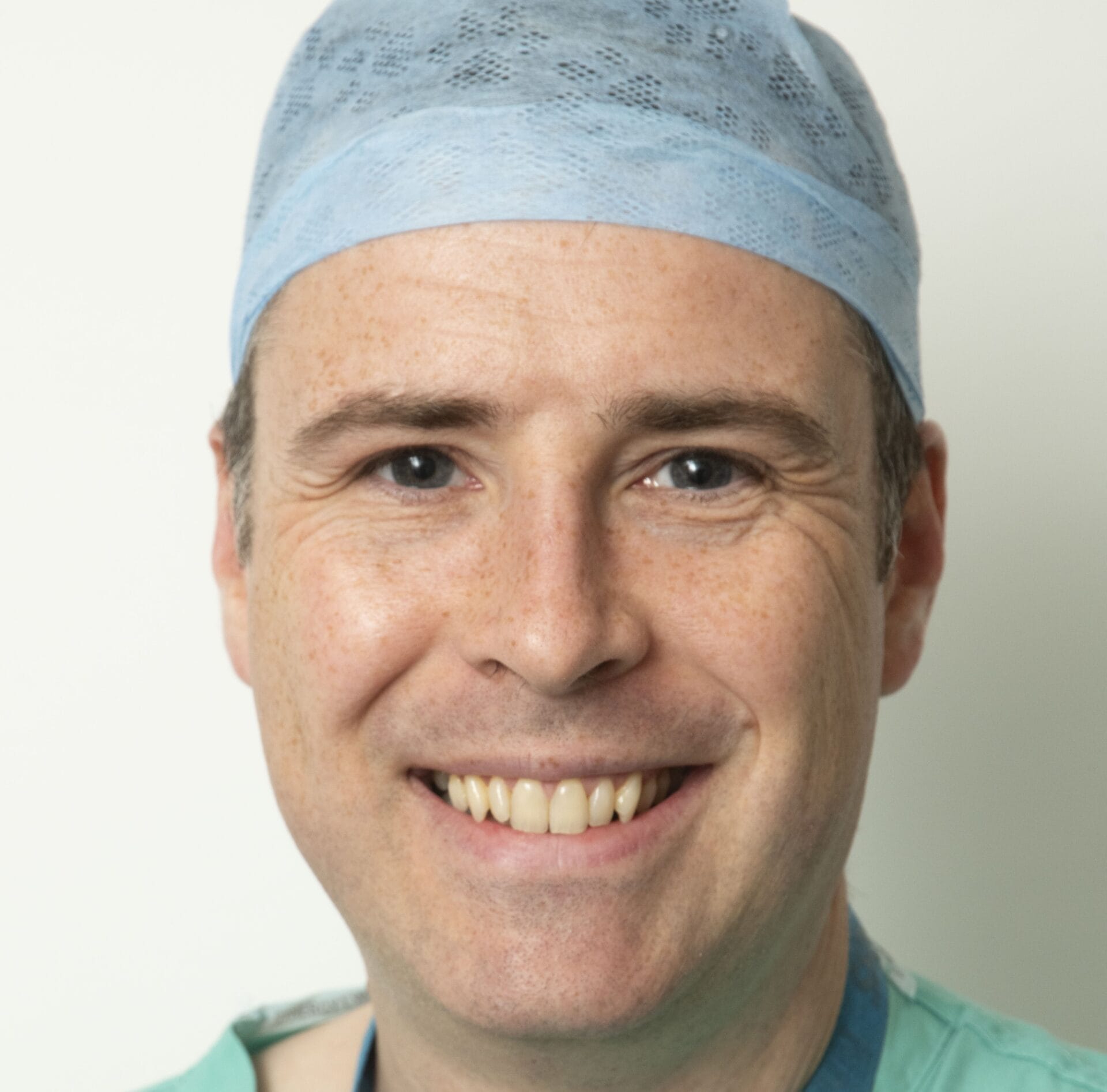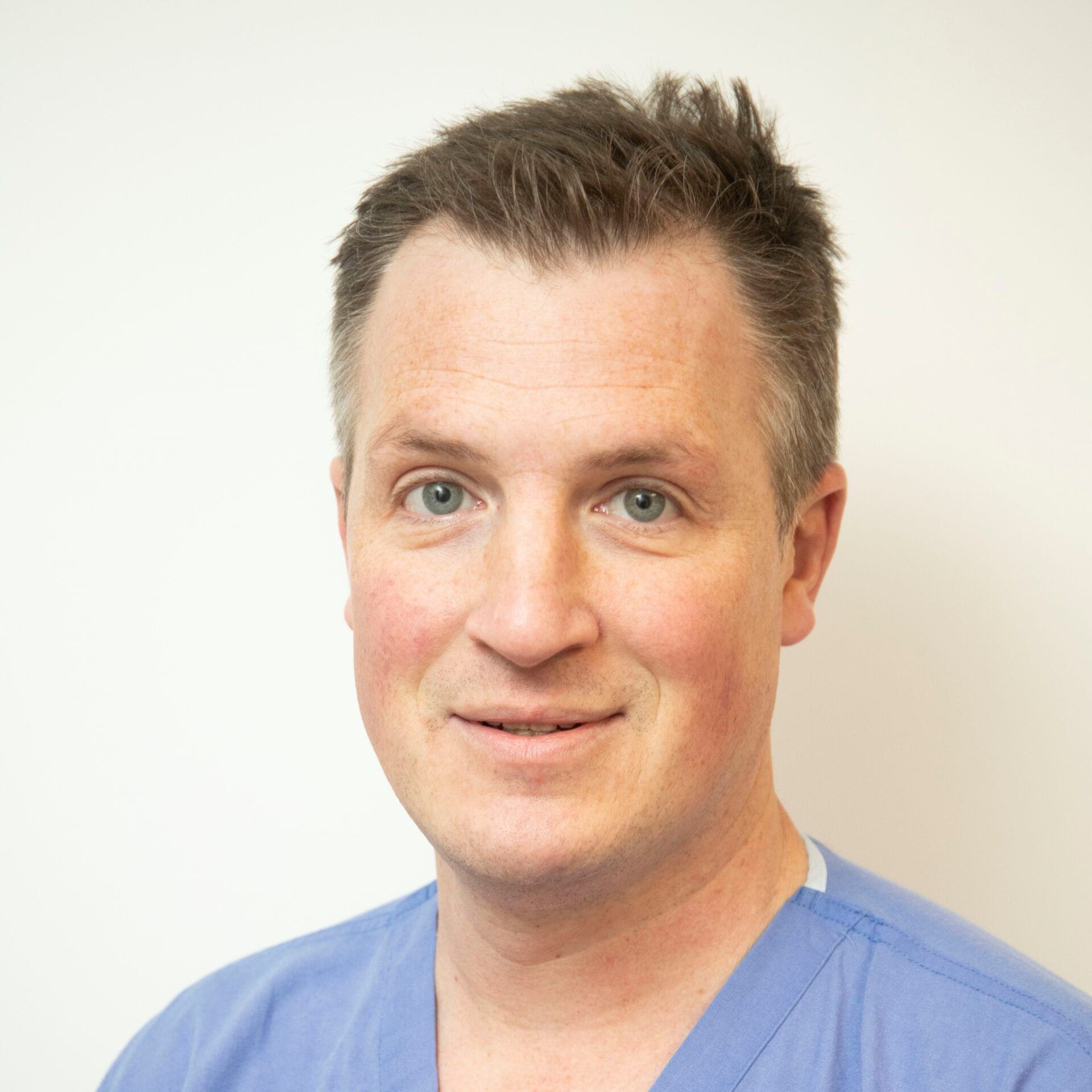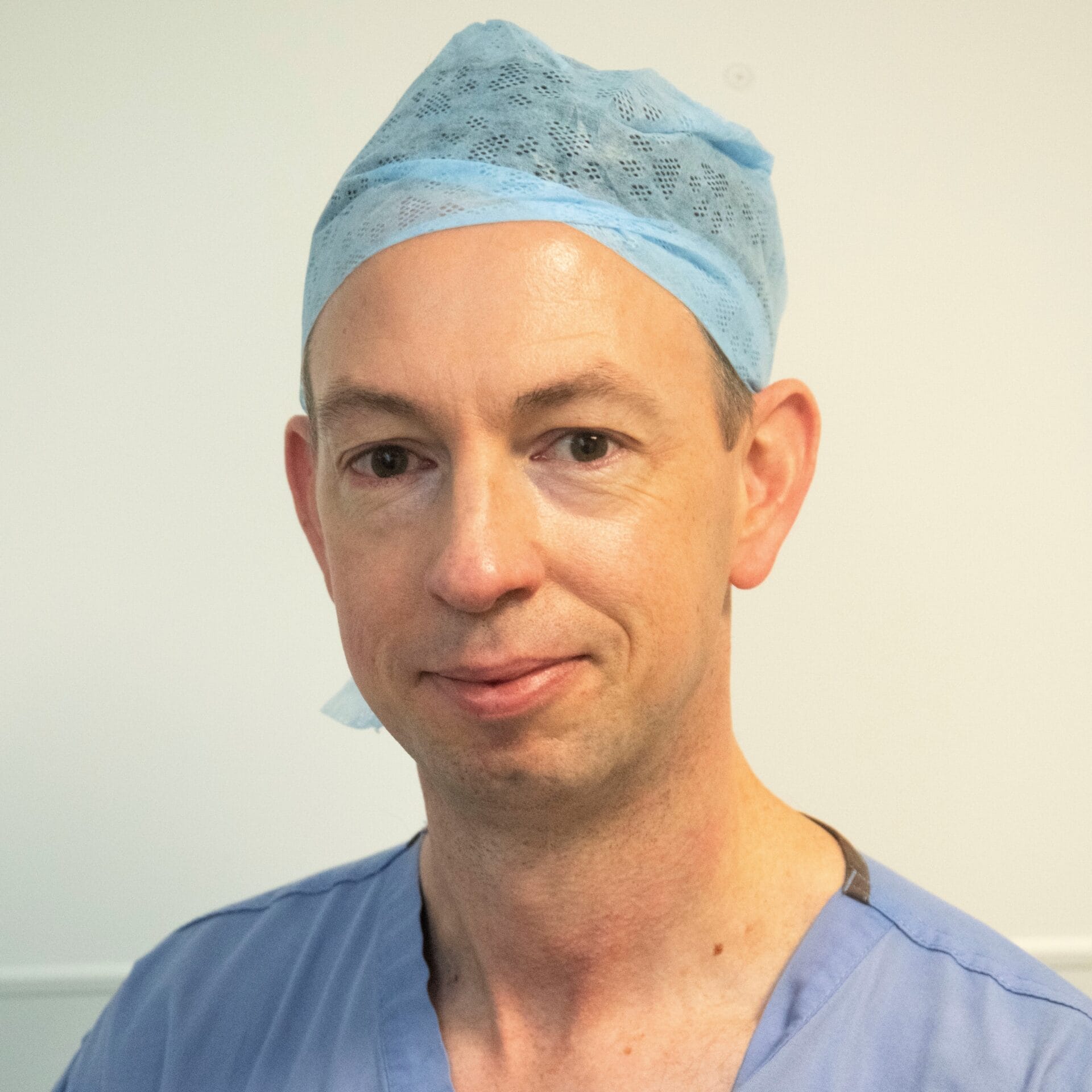Knee replacements
Total (full) and Uni (half) knee replacements are performed at SWLEOC by leading UK surgeons.

A knee replacement is a surgical procedure to replace the worn out part of the knee joint.
It aims to improve patients quality of life and function who suffer with knee arthritis once simple measures such as pain killers have stopped working.
Why would I need a knee replacement?
1.
Over time, knees can be damaged by arthritis, fractures or because of abnormally shaped knees from birth
2.
Knee arthritis can make everyday life extremely distressing as walking, standing up and getting out of bed become difficult and painful.
3.
Your General Practitioner will help you address any weight issues, prescribe you medications and refer you for physiotherapy when your symptoms begin. When these measures no longer control your symptoms, hip replacement can be considered.
4.
When day to day tasks become difficult and there is pain in the knee when lying or sitting, knee surgery should be considered.
Risks
All surgical procedures have risks associated with them, some of the specific ones are listed below. You will have a detailed discussion with your surgeon about:
- Bleeding and blood clots which can be life threatening but are rare and we have measures in place to keep you safe
- Infection which in SWLEOC is lower than the national average.
- Knee stiffness and persistent pain after the procedure is common and physiotherapy is required after. It can take over a year to fully recover from a knee replacement
- Need for further surgery or to have the surgery done again if the artificial knee fails or becomes infected
Recovery time
0-1 Day
Walk on day 0 with crutches but fully weight bearing. Discharge from hospital after 0-1 day, able to self care and mobilise without help from others
2 weeks
2 weeks gradually walking with less need for aids
6 weeks
Walking without crutches into clinic for review at 6 weeks




